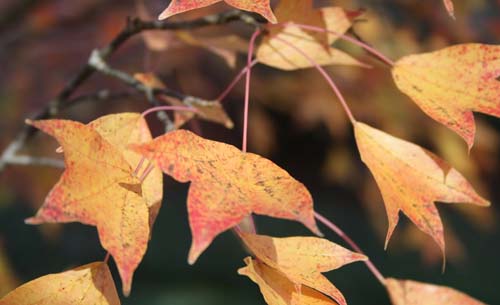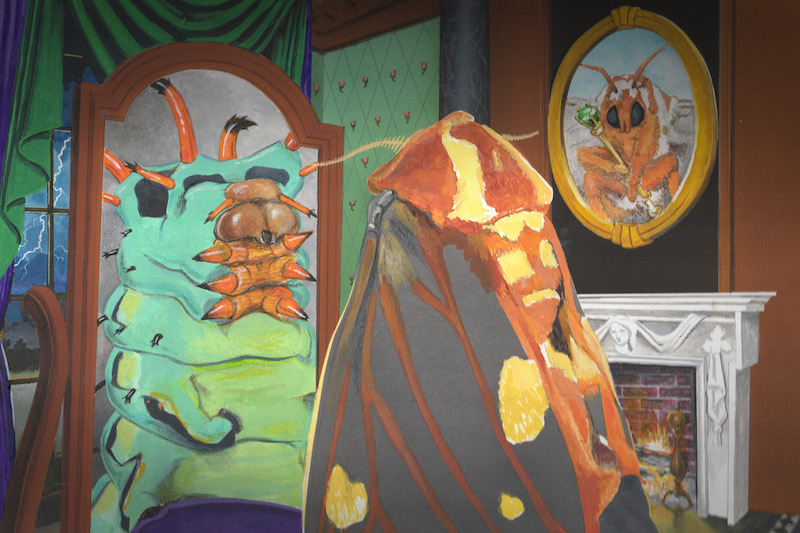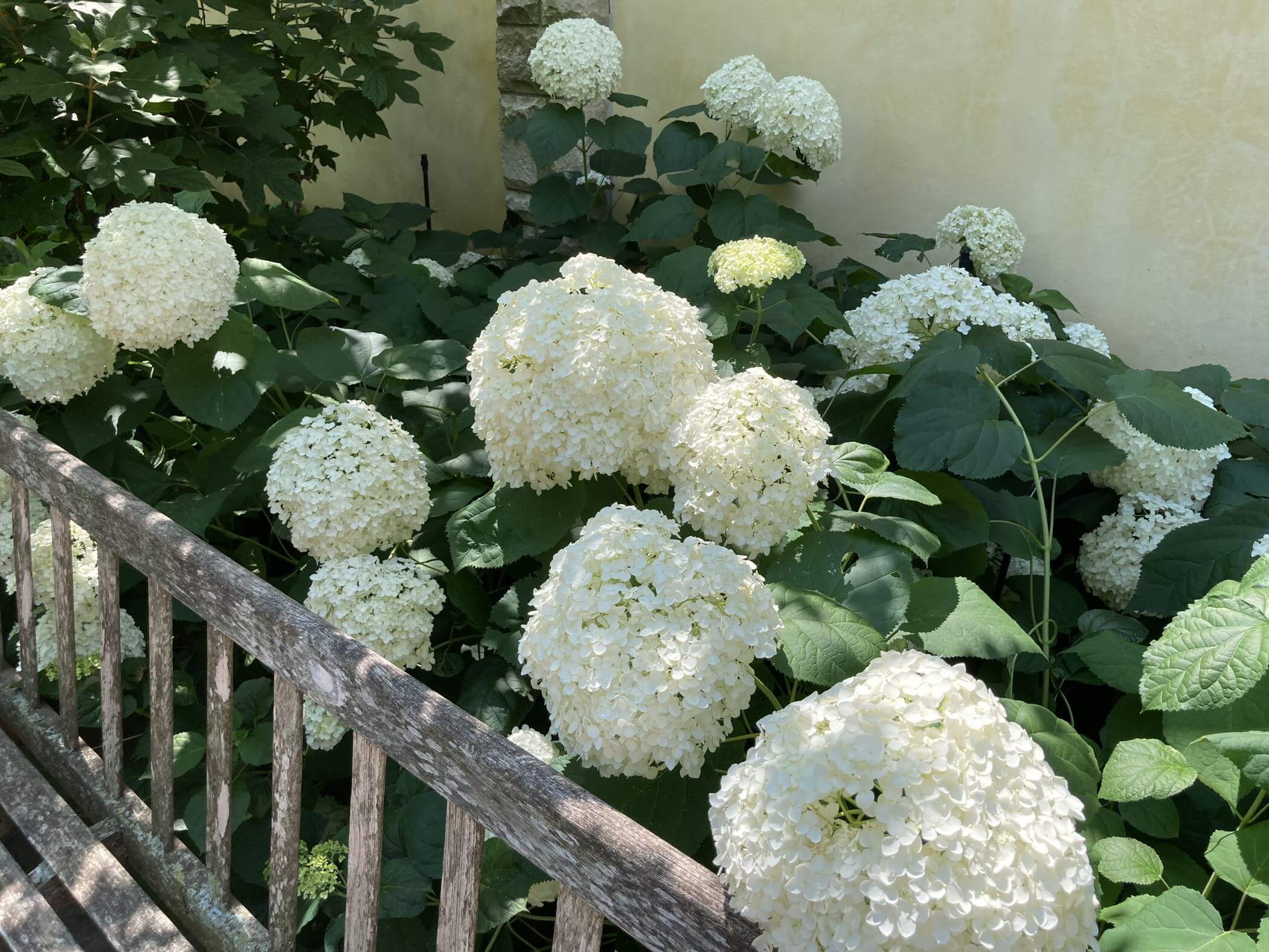Many people enjoy the beautiful colors that mark the beginning of fall, but the reason why the leaves put on this show and start falling from the trees is often overlooked or misunderstood.
Leaf color
During the spring and summer, trees are constantly producing a type of sugar called glucose through photosynthesis — the process plants use to turn water, carbon dioxide and sunlight into food.
The trees store this glucose in the tree as a stored energy source for winter. They collect this sugar by breaking down the chlorphyll in their leaves.
The chlorophyll in a tree’s leaves captures light and makes photosynthesis possible. It also gives plants their green color. There are other pigments in leaves but they are asked by the chlorophyll and the green hue prevails.
During the fall and winter, because of changes in the length of daylight and changes in temperature, the trees shut down their food-making factories. As chlorophyll in the leaves breaks down, the green color begins to disappear.
The veins that transport fluids from the tree branches to the leaves begin to close, and a layer of cells forms to clog the veins. This action traps different pigments — anthocyanins and carotenoids— in the leaves, resulting in the brilliant fall colors. Anthocyanins contain red and purple hues while Carotenoids exhibit orange, yellow and brown hues.
Timing and color variation of leaf change depend on the tree species. Sourwood leaves often change color and fall off while most other species are still green. Oaks tend to be the last to change color. The exact color that each tree displays is dependent on the amount and types of pigment contained in its leaves.
Oaks usually turn red or brown; poplars turn golden yellow; dogwoods turn purple-red; and maples have varying colors depending on the type. Temperature, light and water are the primary factors that influence the duration of fall color and how vibrant the colors appear. For example, low temperatures will produce red hues in maple due to Anthocyanin production. Decreased sunlight, from overcast days, can actually increase the intensity of fall color.
Adequate soil moisture also seems to have an effect on color change. Drought conditions throughout the summer can delay the onset of fall color and lessen its intensity. Early frosts tend to decrease the amount of colors displayed. Rainy days and cool nights tend to produce the best fall colors.
Falling leaves
After the leaves put on their annual show — it’s time to get out the rake.
Leaves fall because the veins that supply nutrients to the leaves close in the fall. Without nutrients or moisture, deciduous tree leaves drop from the tree.
Deciduous trees drop their leaves as protection against cold temperatures. Leaves are the tender parts of the tree and are susceptible to freeze damage. Most deciduous leaves are fairly delicate, so dropping them minimizes cold damage to the trees.
An exception to the deciduous tree rule is the oak tree. Oak leaves do not detach until new growth emerges in the spring. Evergreen trees, like pines and spruce, keep their leaves or needles because their leaves have a wax-like coating that can survive through several seasons before being shed for new growth.
For more information on ornamental tree selection for landscapes, see the University of Georgia College of Agricultural and Environmental Sciences publication site at www.caes.uga.edu/publications.








